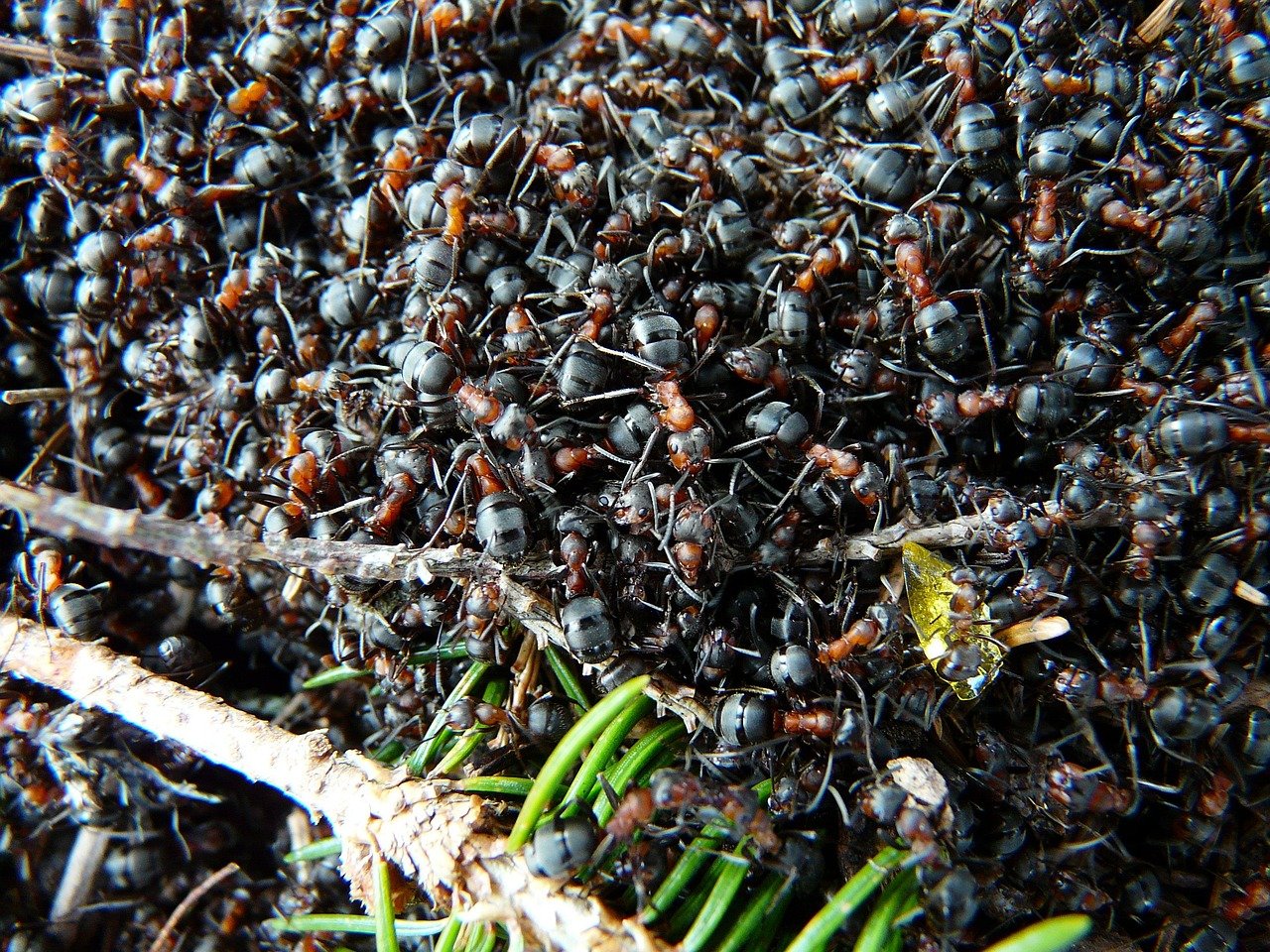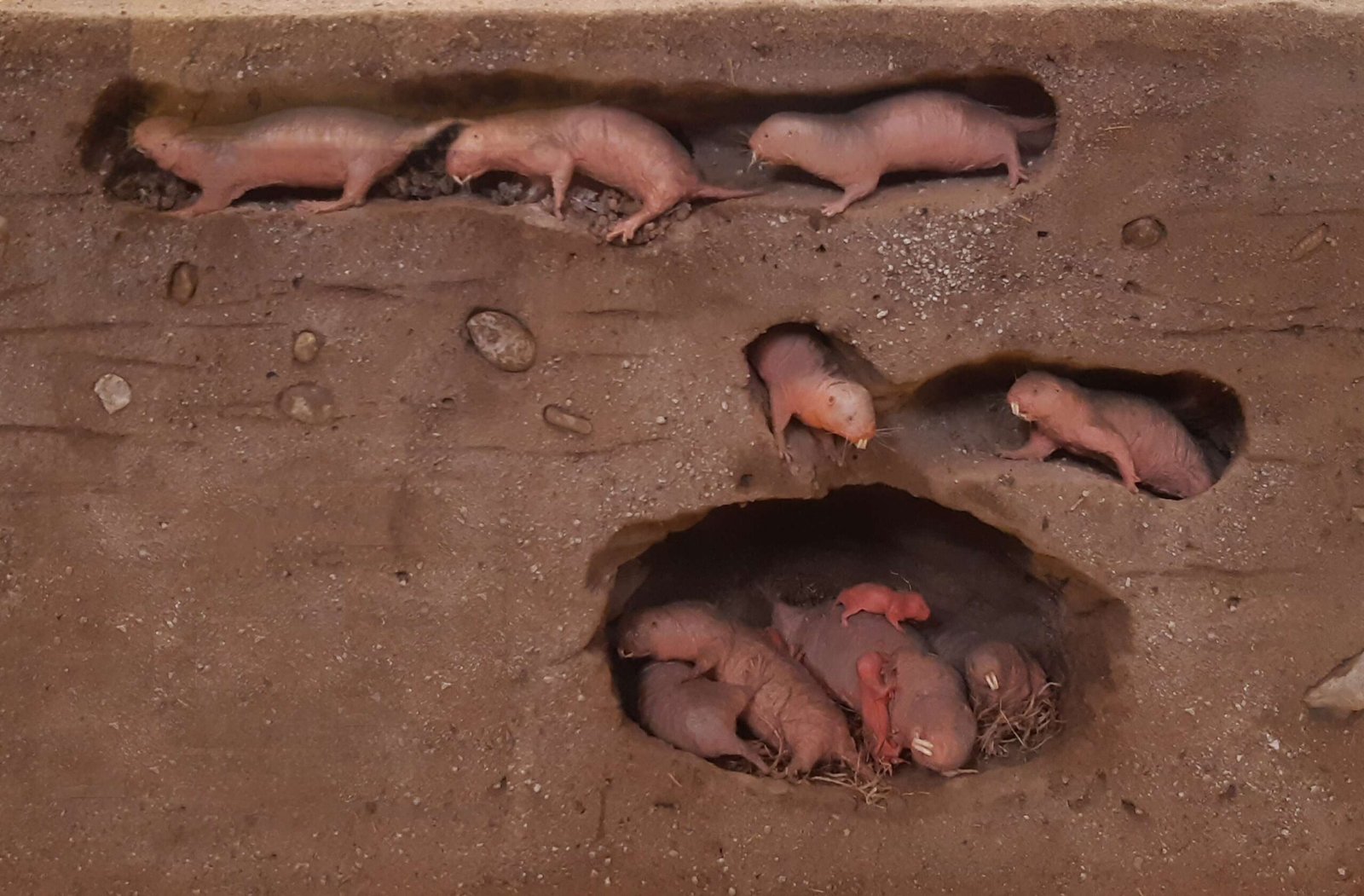Imagine a bustling metropolis, teeming with life, where every corner holds a story, and every structure serves a purpose. These aren’t just the cities built by humans, but remarkable urban sprawls crafted by animals. In the wild, certain creatures have mastered the art of construction, creating sophisticated habitats that rival our own architectural feats. From the depths of the ocean to the heart of the savannah, these animal architects have built cities that are as fascinating as they are functional. Let’s embark on a journey to explore these natural wonders and uncover the secrets of seven animals who have truly mastered the art of city building.
Termites: The Master Architects of the Savanna

Termites are often underestimated creatures, but their architectural prowess is nothing short of extraordinary. In the African savanna, termites construct towering mounds that can reach up to 30 feet high. These structures are not just heaps of dirt; they are intricately designed habitats that support a complex social structure. The mounds are equipped with ventilation systems that regulate temperature and humidity, ensuring a comfortable environment for the millions of termites residing within. Each mound is a bustling city, complete with nurseries, food storage areas, and even fungus farms that serve as a food source. The design of termite mounds is so efficient that it has inspired modern architects to create sustainable buildings modeled after their natural ventilation systems.
Beavers: The Engineers of the Wetlands

Beavers are renowned for their ability to transform landscapes, turning flowing rivers into serene ponds through their meticulous dam-building. These industrious creatures use logs, mud, and stones to construct dams that create wetlands, providing habitats for numerous other species. The beaver’s lodge, nestled within the pond, serves as the family home, complete with underwater entrances to keep predators at bay. Beavers are nature’s engineers, and their city-building abilities have a profound impact on the ecosystem. The wetlands they create help purify water, prevent floods, and support biodiversity, showcasing the beaver’s crucial role in maintaining environmental balance.
Ants: The Underground Metropolises

Ants are tiny creatures with immense organizational skills, evident in the sprawling underground colonies they construct. These subterranean cities can house millions of ants, with a complex network of tunnels and chambers. Each colony is a marvel of efficiency, with designated areas for nurseries, food storage, and waste disposal. Some ant species even cultivate their own food, growing fungi within their nests. The coordination and cooperation within an ant colony are akin to a well-oiled machine, with each ant playing a specific role to ensure the colony’s survival. Ant cities are a testament to the power of teamwork and the intricate social structures that govern these tiny builders.
Prairie Dogs: The Town Planners of the Plains
Prairie dogs are social rodents that build extensive underground burrow systems, often referred to as “prairie dog towns.” These towns can span hundreds of acres and house thousands of individuals. The burrows are intricately connected, with designated areas for sleeping, nursing, and escaping predators. Prairie dog towns are bustling communities, where communication is key. The rodents use a sophisticated system of vocalizations to warn each other of approaching threats, demonstrating their advanced social behavior. Prairie dogs play a critical role in their ecosystem, as their burrowing activities enhance soil health and provide habitats for other species.
Corals: The Architects of the Ocean

Coral reefs are often called the “rainforests of the sea” due to their incredible biodiversity. These underwater cities are built by tiny coral polyps, which secrete calcium carbonate to form intricate structures. Coral reefs provide shelter and food for a myriad of marine species, from colorful fish to majestic sea turtles. The reefs are dynamic ecosystems, constantly growing and adapting to environmental changes. Despite their resilience, coral reefs face threats from climate change and pollution, highlighting the importance of conservation efforts. The beauty and complexity of coral cities are a reminder of the delicate balance of life beneath the waves.
Weaver Birds: The Textile Artists of the Trees

Weaver birds are known for their remarkable nest-building skills, creating intricate woven structures that hang from tree branches. These nests are architectural marvels, crafted from twigs, grass, and leaves. Each nest is designed to be sturdy and weather-resistant, providing a safe haven for the birds and their offspring. Weaver birds are social creatures, often building their nests in colonies, which can resemble a bustling neighborhood in the treetops. The artistry and precision involved in nest construction showcase the birds’ ingenuity and adaptability in the face of environmental challenges.
Moles: The Subterranean Tunnelers

Moles are expert diggers, constructing extensive tunnel networks beneath the earth’s surface. These tunnels serve as both a habitat and a hunting ground for the moles, who feed on insects and worms. The tunnel systems are remarkably complex, with separate areas for nesting and food storage. Moles play a vital role in aerating the soil, which benefits plant growth and contributes to a healthy ecosystem. Despite being elusive creatures, the impact of moles on the environment is significant, as their underground cities support a delicate balance of life.
In exploring these remarkable animal cities, we gain a deeper appreciation for the ingenuity and adaptability of the natural world. Each species, with its unique approach to construction, contributes to the intricate tapestry of life on Earth. These animal-built cities are not just habitats; they are thriving ecosystems that support a diverse array of life. As we marvel at the wonders of nature, we are reminded of the importance of preserving these habitats and the creatures that call them home.




